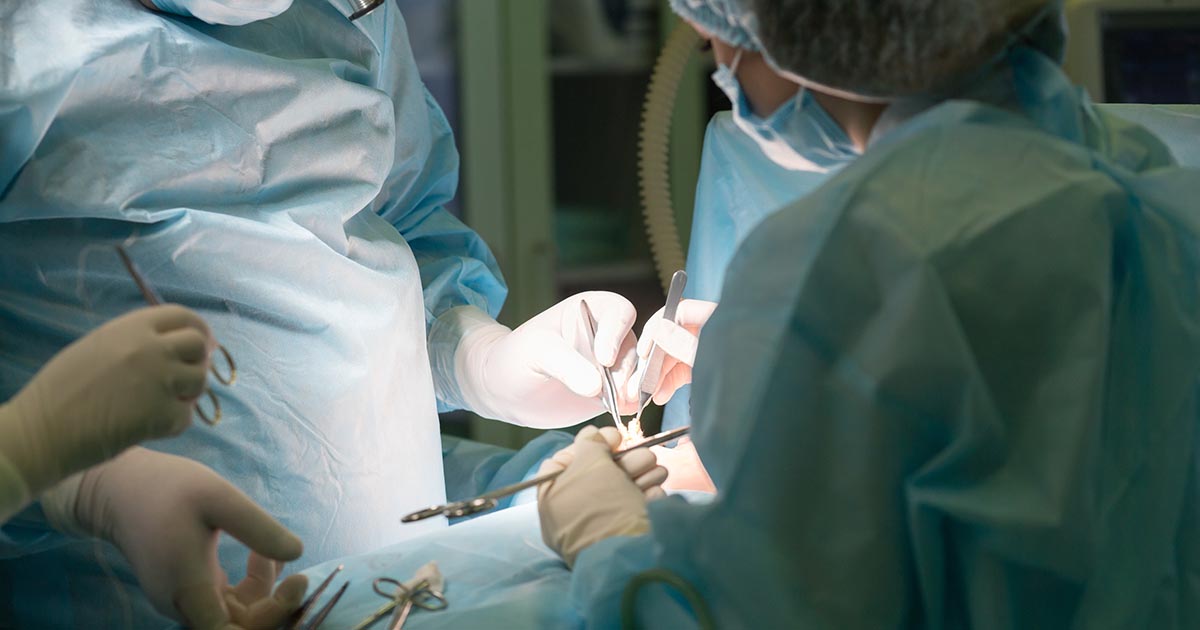Treatment Options For Rickets
Health experts define rickets as a condition in which the bones in children soften and weaken, typically due to prolonged vitamin D deficiency. Now suppose your friend or relative wanted detailed information. For example, would you be able to answer questions about causes, preventative measures, and treatment options? If not, you are not alone, and you don’t have to be a medical professional to answer these questions. The following information will help everyone become better informed about rickets and how it is treated.
Increase Intake Of Vitamin D

Now that you know what rickets is, let’s look at how vitamin D plays in bone health and preventing rickets. The National Center For Biotechnology Information asserts vitamin D is crucial for the healthy development and function of bones by regulating calcium throughout life. In case you are wondering how much you need, representatives of the Food and Nutrition Board suggest children under one year old consume four hundred international units (IU), those under thirteen years old consume six hundred IU, and teens up to eighteen consume six hundred IU as well. They also recommend adults up to seventy years old consume six hundred IU and individuals over seventy years old consume eight hundred IU.
So how can you increase intake of vitamin D? Food sources of vitamin D include organ meats, fish, eggs, and dairy products. Supplements and sunlight are other options. The fact that the last option is not edible may seem odd, but the body produces vitamin D whenever it’s exposed to direct sunlight. Spending a few minutes outside will help individuals achieve their recommended daily intake of vitamin D, provided their diet includes some sources as well.
Learn more about treating rickets now.
Increase Intake Of Calcium

National Institutes of Health representatives assert the vast majority of calcium in the body, about ninety-nine percent, is stored in the teeth and bones, leaving the remaining calcium in the blood and other tissues. This is why an increased intake of calcium is necessary if you are not meeting the recommended daily intake.
According to research, infants up to six months old should have two hundred milligrams, babies up to one year old should have 260 milligrams, children up to three years old should consume seven hundred milligrams, those between four and eight years old should consume one thousand milligrams, and children and teens between nine and eighteen should consume 1300 milligrams. Adults of both genders between nineteen and fifty years old should consume one thousand milligrams a day, as should men between fifty-one and seventy. Women between fifty-one and seventy, as well as adults over seventy, should consume 1200 milligrams daily.
Calcium-rich foods include dairy products, vegetables such as cabbage and broccoli, and soft-boned fish. Be sure to include many sources like this to at least meet the daily recommended intake, particularly when dealing with a condition like rickets.
Continue reading to learn more about treating rickets effectively.
Surgery

Whether or not surgery is required to treat rickets depends on the individual and the severity of their deformity, as well as other factors. For example, some patients who have rickets may only need braces or other simpler medical interventions. For other individuals born with rickets or who develop osteomalacia through a lack of vitamin D and calcium, inherited the condition, or through some other health issue, corrective procedures might be necessary. Individuals who have rickets often have severely bowed legs that can make walking or just standing difficult and painful. They may also have other skeletal abnormalities that make corrective surgery a necessity. National Center for Biotechnology Information representatives assert surgery can greatly improve lower limb deformities regardless of the specific technique used. However, the representatives also suggest osteomalacia patients may find these deformities also recur. Orthopedic surgeons may use a number of methods to correct bone deformities caused by rickets.
Keep reading to reveal more information about treating rickets.
Sun Exposure

Exposure to direct sunlight is, arguably, the most accessible and inexpensive source of vitamin D. Granted, sun exposure alone will not supply an individual with enough vitamin D to meet their recommended daily intake. However, it does promote bone health. So how much direct sunlight should an individual get each day to contribute to their daily vitamin D intake? It actually depends on pigmentation and skin type. For example, olive and darker skinned individuals will need more exposure to direct sunlight than fair-skinned individuals. Age and wardrobe are other factors to consider as well. Thankfully, there are many sunlight charts indicating how much sun exposure an individual should aim for each day based on age and pigmentation. Of course, spending a specific amount of time outdoors every day may not be possible for some individuals based on their location, job obligations, physical limitations, and other factors. This is why making sure you get sufficient vitamin D and calcium in your diet every day is so important.